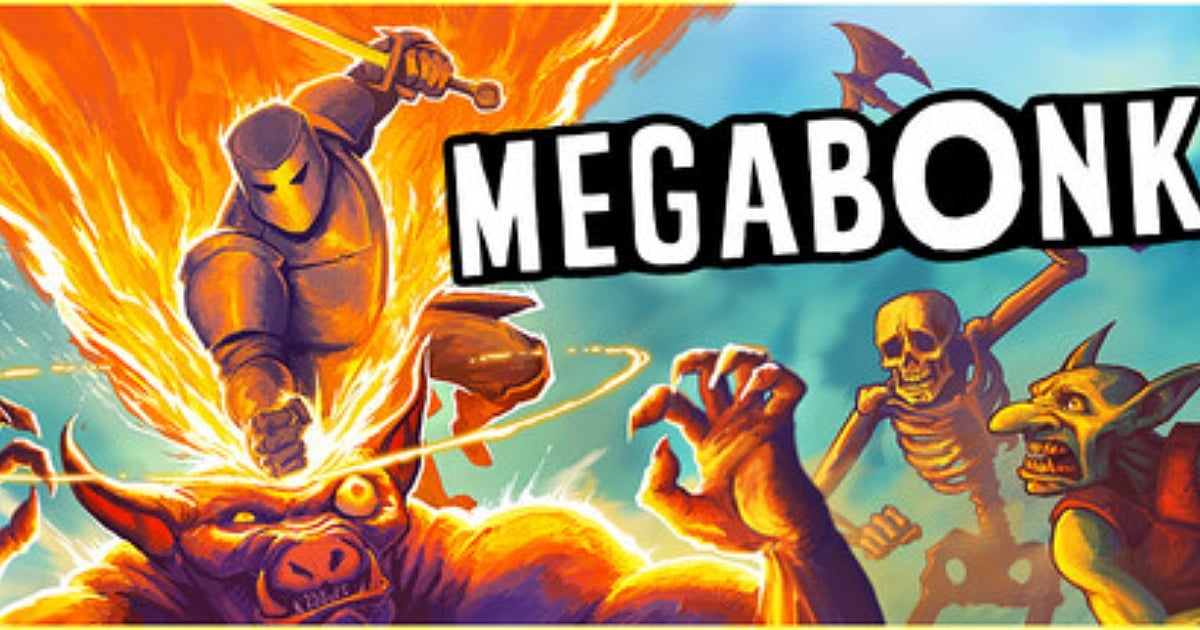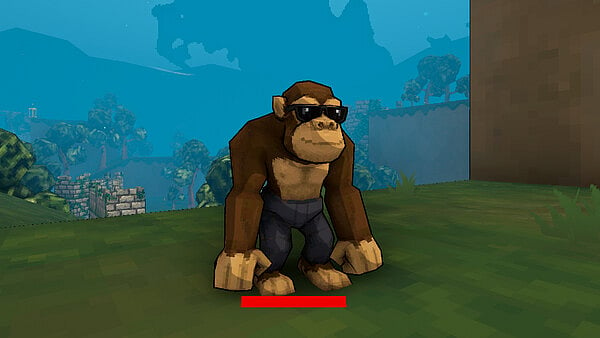
The 3D Vampire Survivors-like that's dominating the Steam charts.
Megabonk: The 3D Vampire Survivors-like Taking Over Steam
What Makes the Megabonk PC Game a Hit? Exploring the Gameplay and Features of the 3D Vampire Survivors-like Dominating Steam.
Highlights
- Megabonk is a solo-developed 3D Vampire Survivors-like that became a viral hit on Steam.
- Its success was driven by streamers and a dedicated community built before its launch.
- It highlights the power of indie games but also the immense pressure faced by solo developers.
Every so often, a game comes out of nowhere and just takes over. This month, that game is Megabonk.
You’ve probably seen it. The rogue-like survival game from a little-known solo developer named Vedinad has been a fixture on Steam’s top charts. In just two weeks since its launch on September 18, 2025, it skyrocketed past the one-million-sold milestone. That’s the kind of explosive launch that puts it in the same league as last year’s surprise darling, Dave the Diver.
For gamers, it’s an exciting new world to dive into. For the developer, it’s a life-changing lottery win. But the Megabonk phenomenon isn’t just a lucky break; it’s a sign of a massive shift in the gaming world. In an era where indie games pull in nearly half of all revenue on Steam, breakout hits like this are becoming the new blockbusters.
So, how did a game like Megabonk pull it off? Let’s break down the story of the modern indie hit.
Who Made Meganonk?
Megabonk is the brainchild of a single developer, Vedinad, who set out to build a 3D take on the gameplay popularised by the surprise hit Vampire Survivors. It is a "Vampire Survivors clone but in 3D", featuring quirky low-poly characters like skateboarding skeletons and jerky, stylised animations that give the game a unique visual charm.
Despite the game's light-hearted style, the gameplay demands focus and strategy. You fend off waves of enemies while navigating vertical environments filled with sloped terrains, cliffs, and climbing challenges, which is unusual for games in this genre. This fresh approach to level design adds tactical depth and helps Megabonk stand out.
Vedinad’s solo journey places him in the "visionary" category, alongside legends like Eric "ConcernedApe" Barone, who famously created every aspect of Stardew Valley by himself over four and a half years.
While other hits come from small, agile teams (Among Us was made by just three people) or established studios (Hades), the story of a single person crafting a hit from scratch is the ultimate indie dream.
The Economics of a Breakout Hit
Selling a million copies is great, but what does that actually mean for the developer’s bank account? Let’s do some quick math.
Priced at an accessible $9.99 on Steam, Megabonk’s rapid climb to one million copies sold translates to roughly $10 million in gross revenue. After Steam takes its standard 30% cut, Vedinad is likely to pocket an estimated $7 million in just a few weeks.
For blockbuster sales beyond $10 million, Steam rewards developers with an even larger revenue share, meaning Vedinad could earn even more as sales continue.
The player base has been equally impressive. According to SteamDB, Megabonk’s peak concurrent player count reached over 117,336, putting it in the top 25 most popular new releases of 2025 on Steam, ahead of many other big-name titles. Reviews show strong player enthusiasm, with a "Very Positive" rating and 94% positive feedback from nearly all languages in 24,412 reviews.
How a Game Like This Goes Viral
Games like Megabonk don’t just appear out of thin air. Their success often looks like an overnight explosion, but it’s usually the result of a game being perfectly designed for the modern internet.
The biggest factor? Streamers and YouTubers. They are the new kingmakers. The perfect example is Among Us, a forgotten game for two years until a popular streamer started playing it. The game was perfect for streaming, full of drama and funny moments, and it created a chain reaction.
Long before streamers discovered Megabonk, the developer, Vedinad, was actively posting updates on Reddit, consistently asking for and incorporating feedback from a small but dedicated community. This grassroots support during the development stage built a loyal following that championed the game from day one.
This pre-existing community provided the initial spark that helped the game catch fire among larger audiences and content creators.

Steam
The Road Ahead: Rewards and Challenges
For a solo developer like Vedinad, a hit like Megabonk is life-changing. But it’s also the start of a whole new set of problems. Suddenly, you’re responsible for a community of millions.
The incredible success of Megabonk means Vedinad now faces the challenges many indie developers meet after a breakout hit: managing a massive and growing community, releasing timely updates, and avoiding personal burnout. The developer has openly shared plans to take a short break before working on a roadmap to improve the game based on player feedback.
The small team behind Among Us struggled with the overwhelming demand from hundreds of millions of players, leading to severe burnout. However, they also used their success to launch Outersloth, an indie game fund to support other developers.
The pressure to follow up a masterpiece can also be crushing. Extremely OK Games, the studio behind Celeste, recently cancelled its follow-up, Earthblade, after four years, citing the immense pressure to create something "bigger and better".
Megabonk is a perfect example of how a solo developer with a fresh idea and strong execution can shake up the gaming landscape. Its blend of accessible yet deep gameplay, quirky art style, and smart use of Steam’s platform showcases the new indie blockbuster blueprint.
It’s a thrilling moment for gamers and a beacon for aspiring creators, proving that success is still possible outside the AAA machine.

Author
Krishna Goswami is a content writer at Outlook India, where she delves into the vibrant worlds of pop culture, gaming, and esports. A graduate of the Indian Institute of Mass Communication (IIMC) with a PG Diploma in English Journalism, she brings a strong journalistic foundation to her work. Her prior newsroom experience equips her to deliver sharp, insightful, and engaging content on the latest trends in the digital world.
Krishna Goswami is a content writer at Outlook India, where she delves into the vibrant worlds of pop culture, gaming, and esports. A graduate of the Indian Institute of Mass Communication (IIMC) with a PG Diploma in English Journalism, she brings a strong journalistic foundation to her work. Her prior newsroom experience equips her to deliver sharp, insightful, and engaging content on the latest trends in the digital world.
Related Articles







